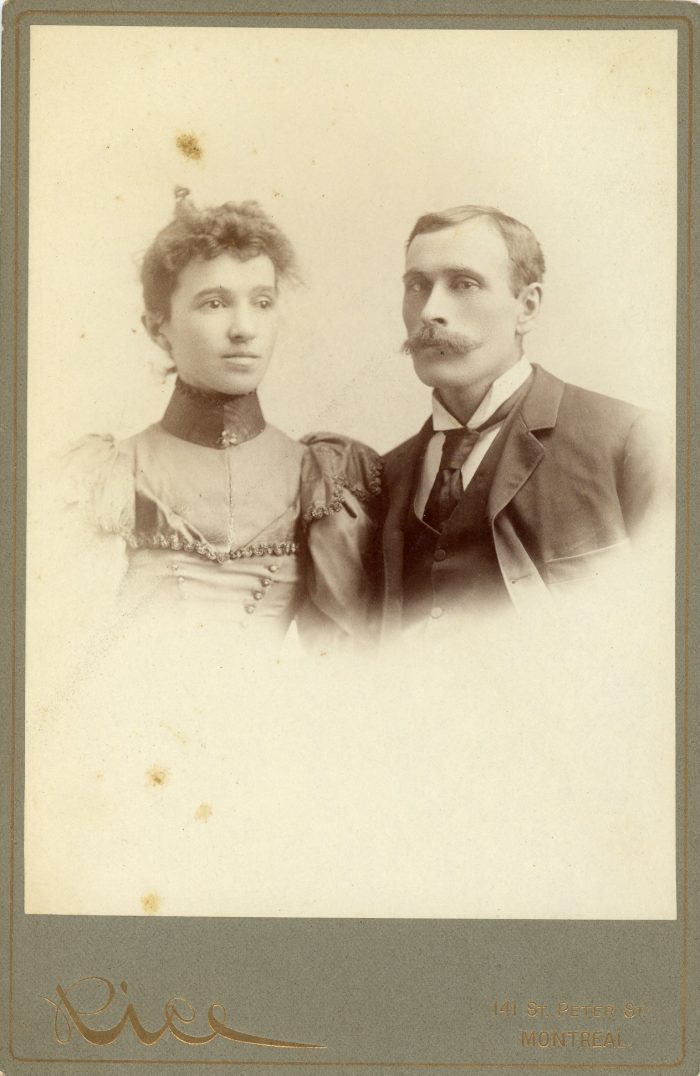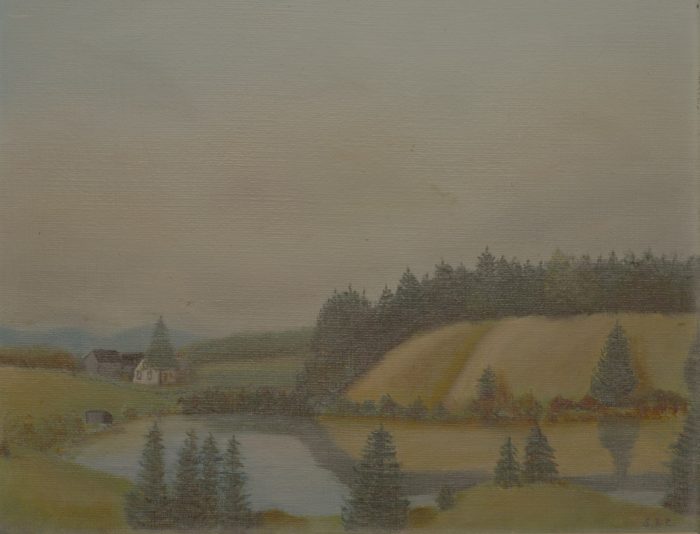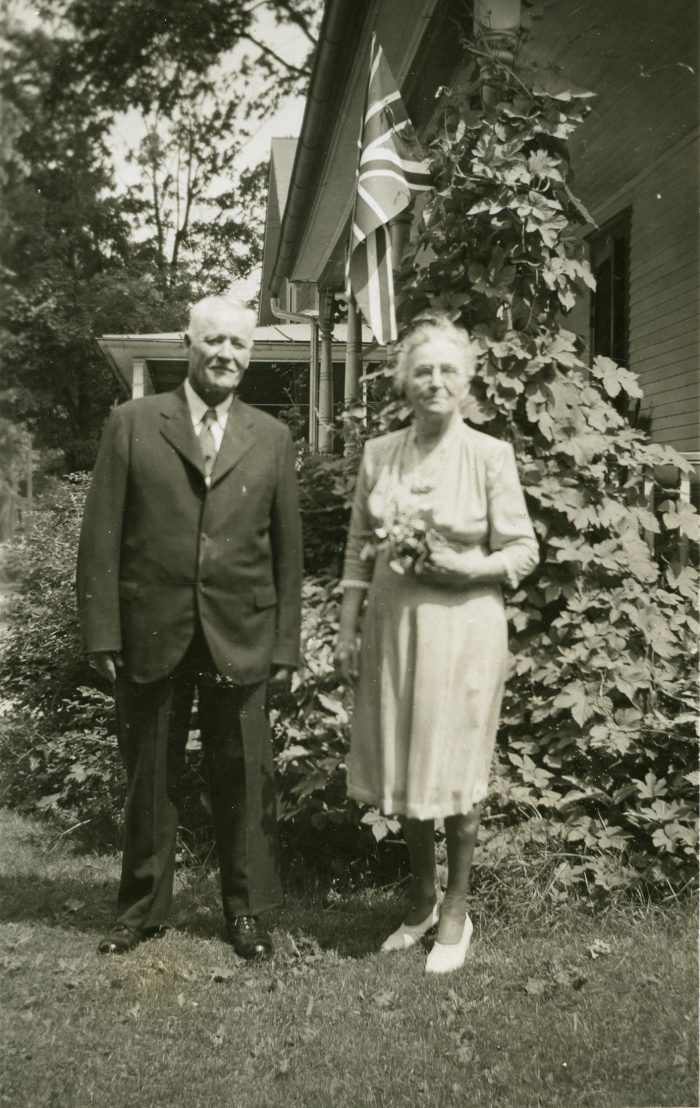

Share
The Copping family comes to Sand Hill
November 4th, 2022
If you look at the Quebec census returns from 1851, the first census when each person was enumerated, to 1921, the most recent census available, you will not see a huge variation in the number of people with the Copping surname. It typically falls between 75 and 95 and does not necessarily increase from one year to the next. Even taking into account the likely misspellings or inaccurate transcriptions of the census data, it still seems safe to conclude that most Coppings in Quebec, if not all, would be able to trace their origins to George Copping and his wife, Elizabeth Saggers, and their eleven children. Originally from Hatfield, Essex County in England, the couple immigrated with their first four children in 1811, arriving in Quebec City and spending a few years there as well as in Montreal before receiving a land grant in the newly surveyed township of Rawdon, north of Montreal, in 1823.
From that point on, George and Elizabeth carved out a life for themselves in Rawdon and were heavily involved in building up the community there, including supporting the establishment of Christ Church Anglican Church and the school. However, as their children and grandchildren grew up, many began to drift away from Rawdon in search of better opportunities in the cities or for better farmland in the south of the province. To many readers out there, this will sound like a very familiar tale, except in the case of some of the Coppings, “greener pastures” ended up being the Eastern Townships, rather than the reverse of many of our ancestors who settled here first and then left the Townships for other places.
At least three of George Copping’s grandsons and a great-grandson found their way to the Townships. It seems that John Alexander Copping and his wife, Sarah Alice Mason, along with his father and mother, John Copping and Nancy Marlin, were the first to arrive in the Compton area around 1899. John and Nancy settled in Johnville while John A. and Alice first settled in Compton. John was only in Johnville a bit over a year before passing away at the age of 70. John A. farmed in Compton until 1906, when he purchased a farm in Sand Hill.
That same year, after a number of years in Montreal, John A.’s cousin, Reuben Copping and his family joined him in Sand Hill. Although Sand Hill was primarily a small “post village”, consisting of a post office to serve the surrounding farming community and St. Luke’s Anglican Church, the Coppings became a fixture in the community. Throughout their lives, they were involved in local community organizations, church groups, and John A. in particular served as a municipal councillor for Eaton Township for decades.
They were not spared their share of sad events, however. In 1929, at the age of 61, Reuben was tragically killed when he slipped from the roller he was using in the field and his skull crushed. John A. and Alice, having no children of their own, had taken in a British Home Child, Henry Reginald Young. The 18-year-old, well-loved by the Coppings, was poised to pursue further studies when he died suddenly, after falling off of a windmill in 1933 while trying to capture a scenic photograph.
Following Reuben’s death, his son, Lawrence, took over the family farm in Sand Hill and with his wife, Leah Church, continued to contribute to their community through their involvement in church groups and other organizations, such as the Women’s Institute and the Farm Radio Forum. From Rawdon to Sand Hill, the Coppings created a family legacy of volunteerism that spanned generations.


